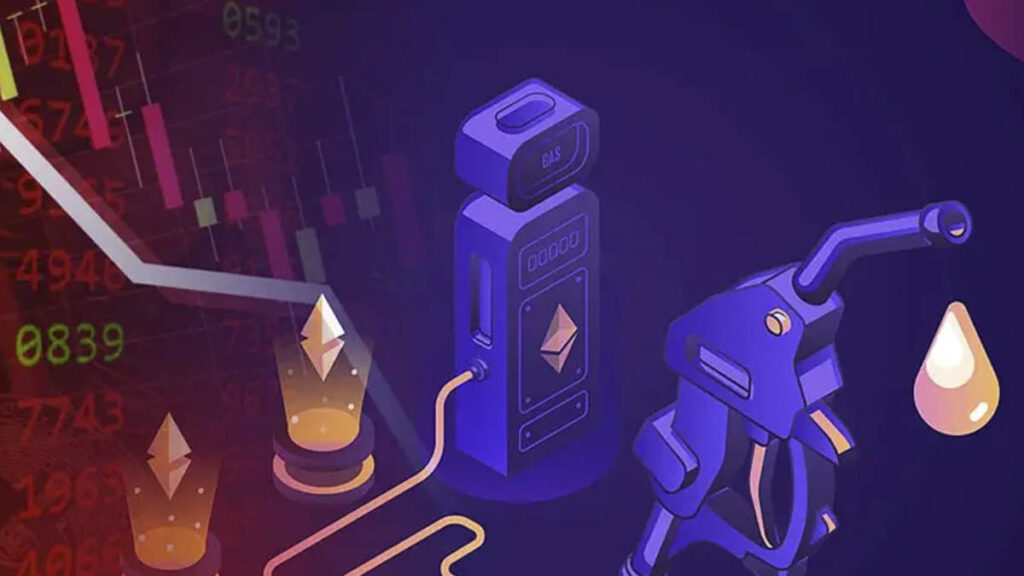Increasing the gas limit on the Ethereum (ETH) network has been a topic of discussion among developers, and recently Vitalik Buterin proposed a “modest” 33% increase in the limit to improve network capacity.
However, this approach has raised substantial concerns among the developer community.
I wrote down some of my thoughts on raising the gas limit today: https://t.co/gX0eihUyYa
(Haven't proof-read it, so if you find a mistake, you can keep it)
— MariusVanDerWijden (@vdWijden) January 11, 2024
The gas limit determines the amount of work that can be done on a block, directly affecting the ability to process transactions on the Ethereum network.
An increase in this limit could improve transaction speed and allow for more complex operations.
Over the years, the gas limit has been influenced by miners and stakers, and its history reflects constant growth.
Among the risks associated with increasing the gas limit, one of the most prominent is the rate of lost blocks.
Before the structural change in the network, the limit was evaluated by the rate of “uncles”; However, now, the lost block rate is considered an indicator of importance.
This metric has limitations, as it only shows nodes that are underprovisioned and does not provide a concrete indication for an increase in the gas limit.
A crucial risk is the size of the Ethereum blockchain, which has seen steady growth
The historical size of the blockchain has also grown significantly in recent years and although data storage is affordable, the accessibility and modification of this data becomes slower as the size of the state grows.
Furthermore, the lack of concrete proposals for the expiration of the state complicates the management of constant growth.
With the emergence of layer 2 (L2) solutions, story size has become an additional problem.

Proposals like EIP-4844 are expected to help address this issue by switching L2 to “blob” transactions that expire after a few weeks.
Increasing the gas limit also impacts network synchronization times in several aspects, from full synchronization to history synchronization and state recovery.
This affects both existing nodes and the construction of new Ethereum clients, complicating client diversity.
As for possible solutions, EIP-4444 and EIP-4844 stand out, but caution is urged before implementing changes.
Customer diversity and consideration of adverse scenarios, such as a sudden increase in disk I/O, are crucial elements to consider.
The debate over increasing the gas limit on Ethereum requires a cautious approach, considering the short- and long-term effects on critical areas of the node ecosystem.
It is essential to wait for the results of significant changes, such as EIP-4844, before considering these increases to take effect.










